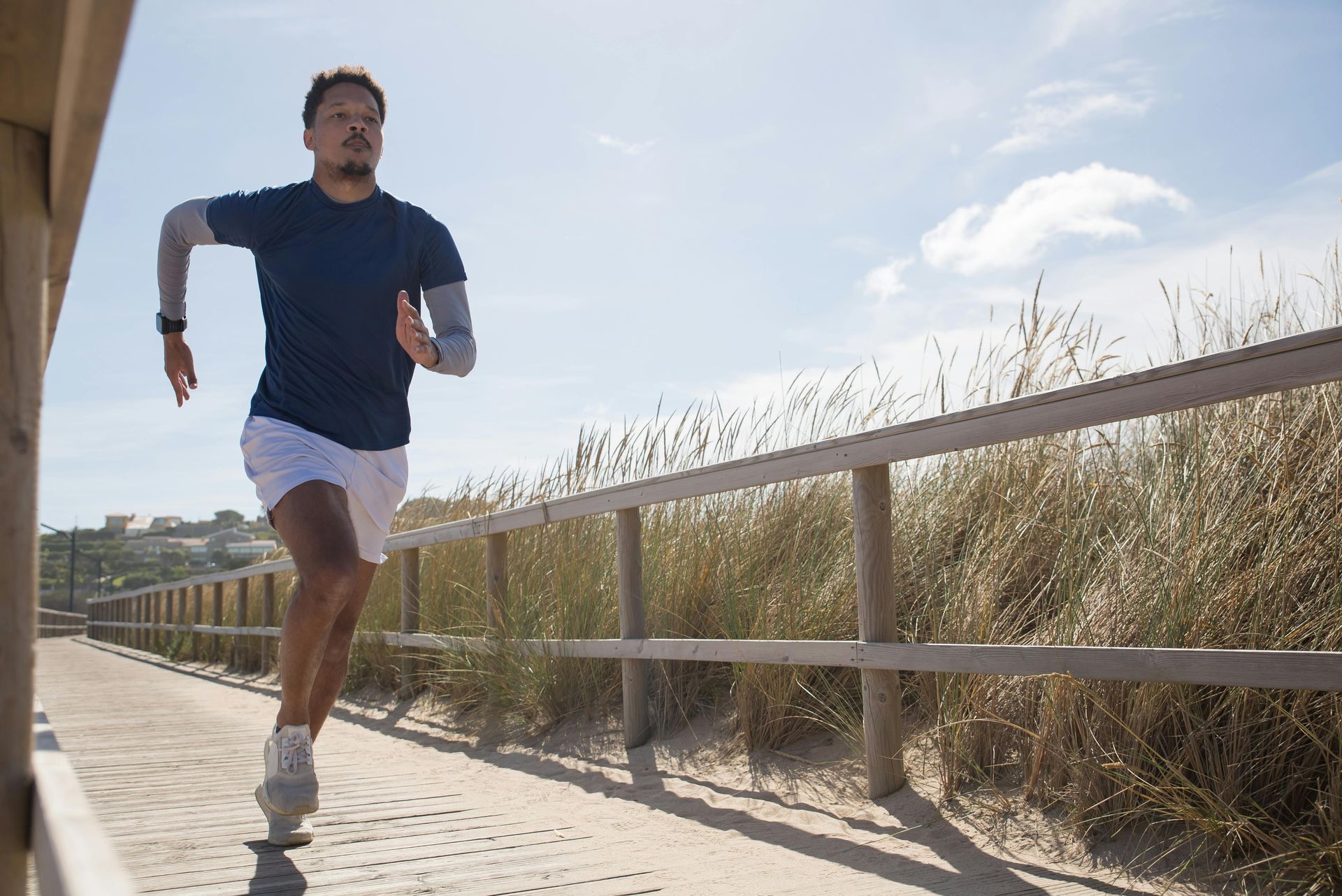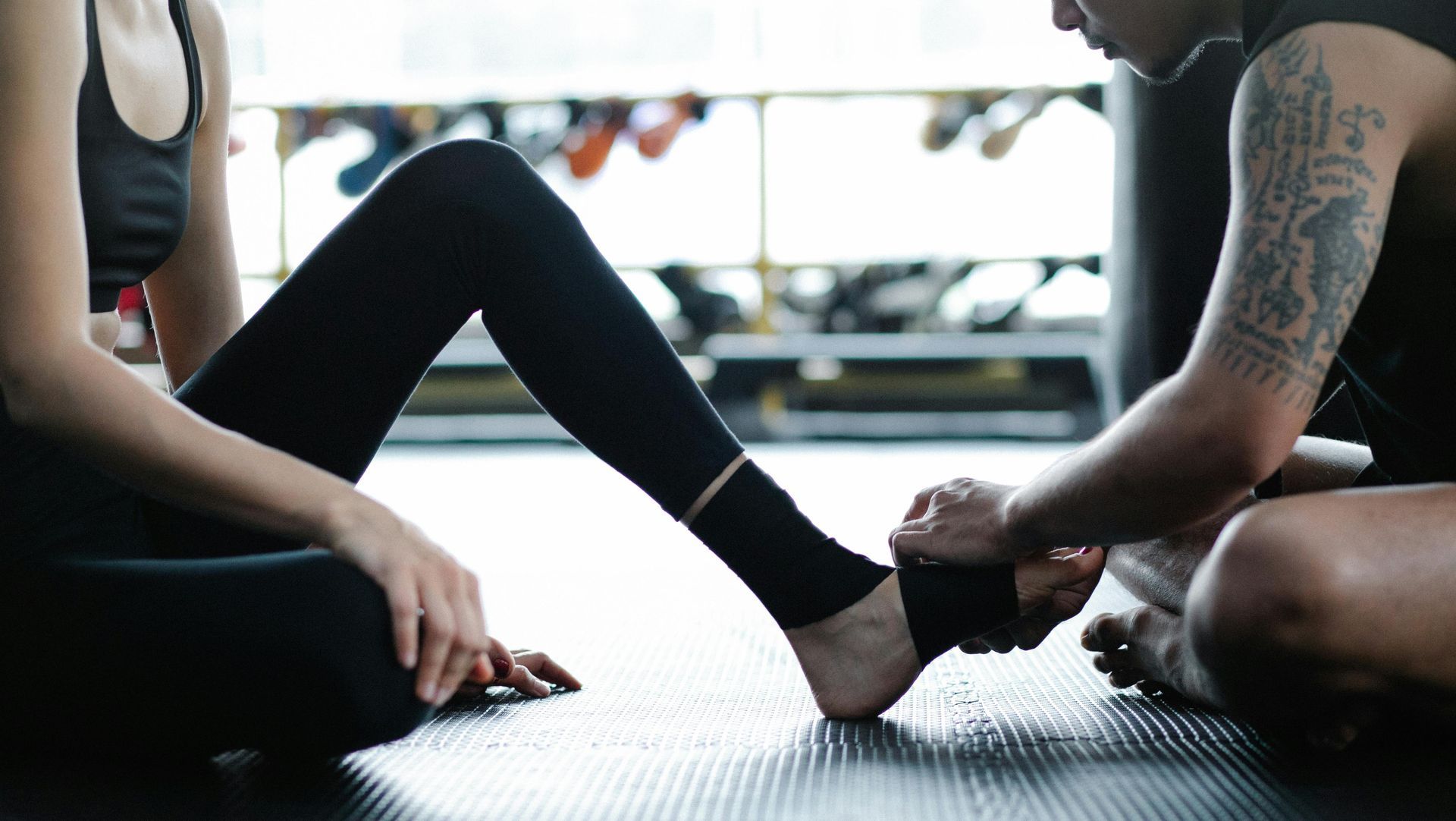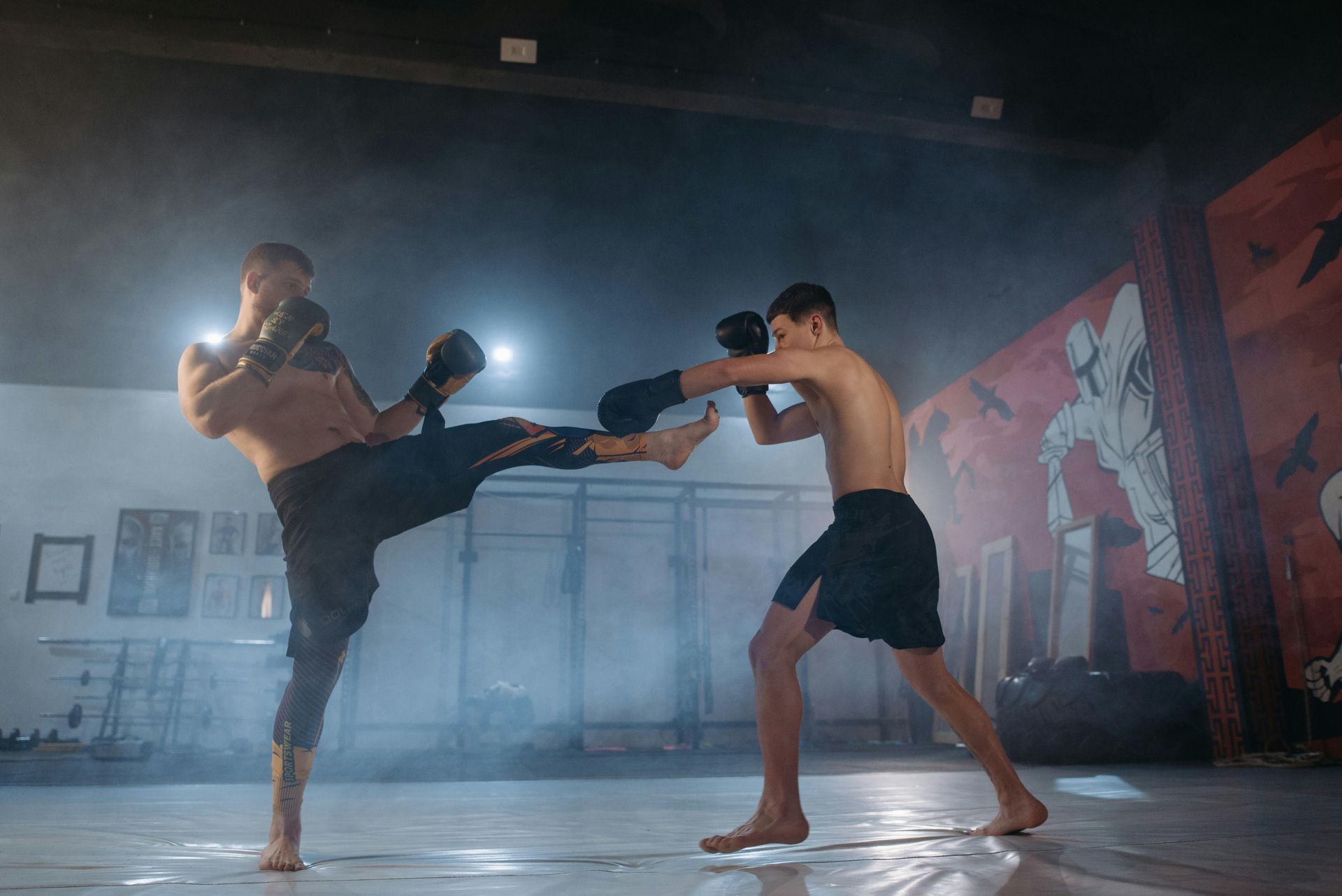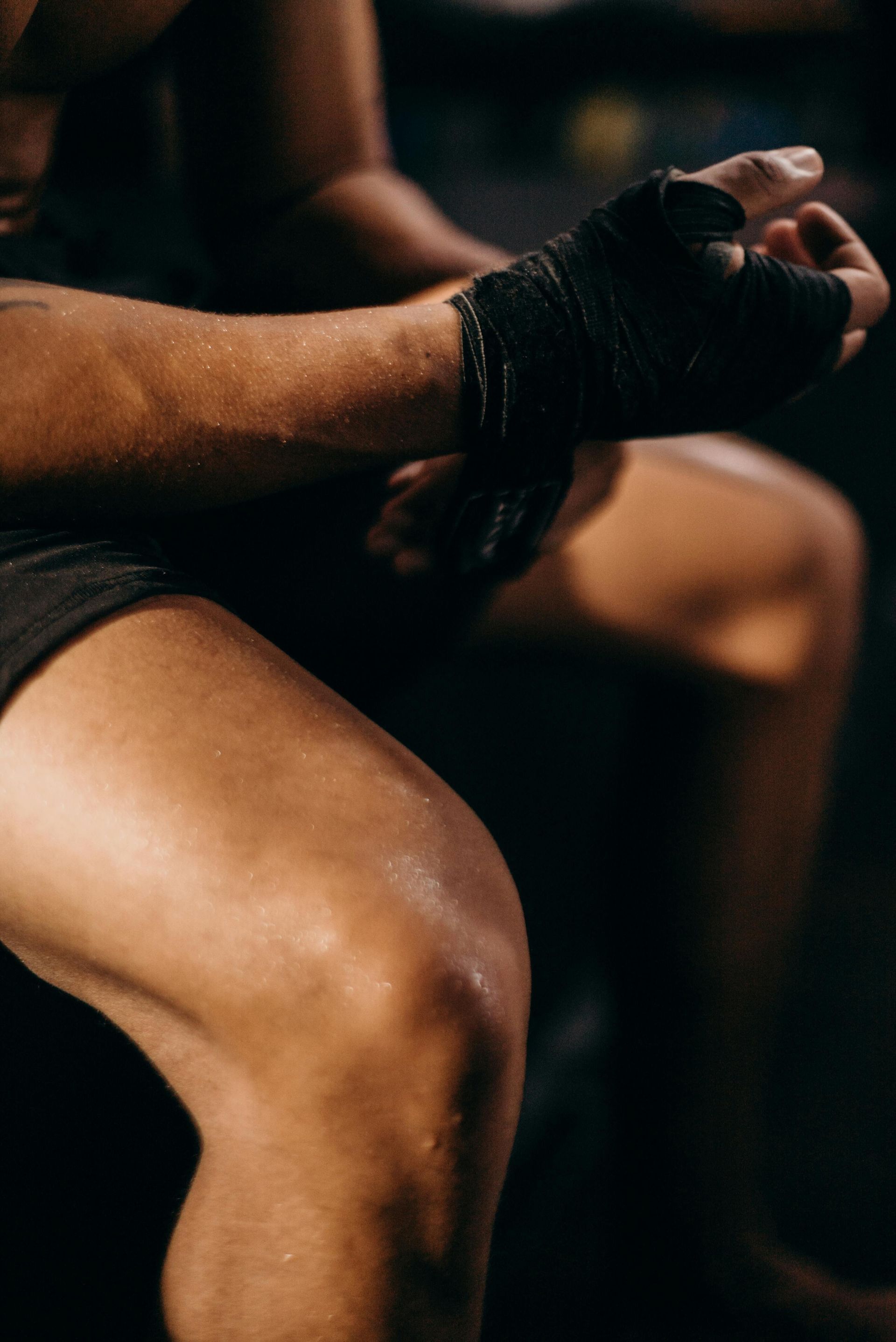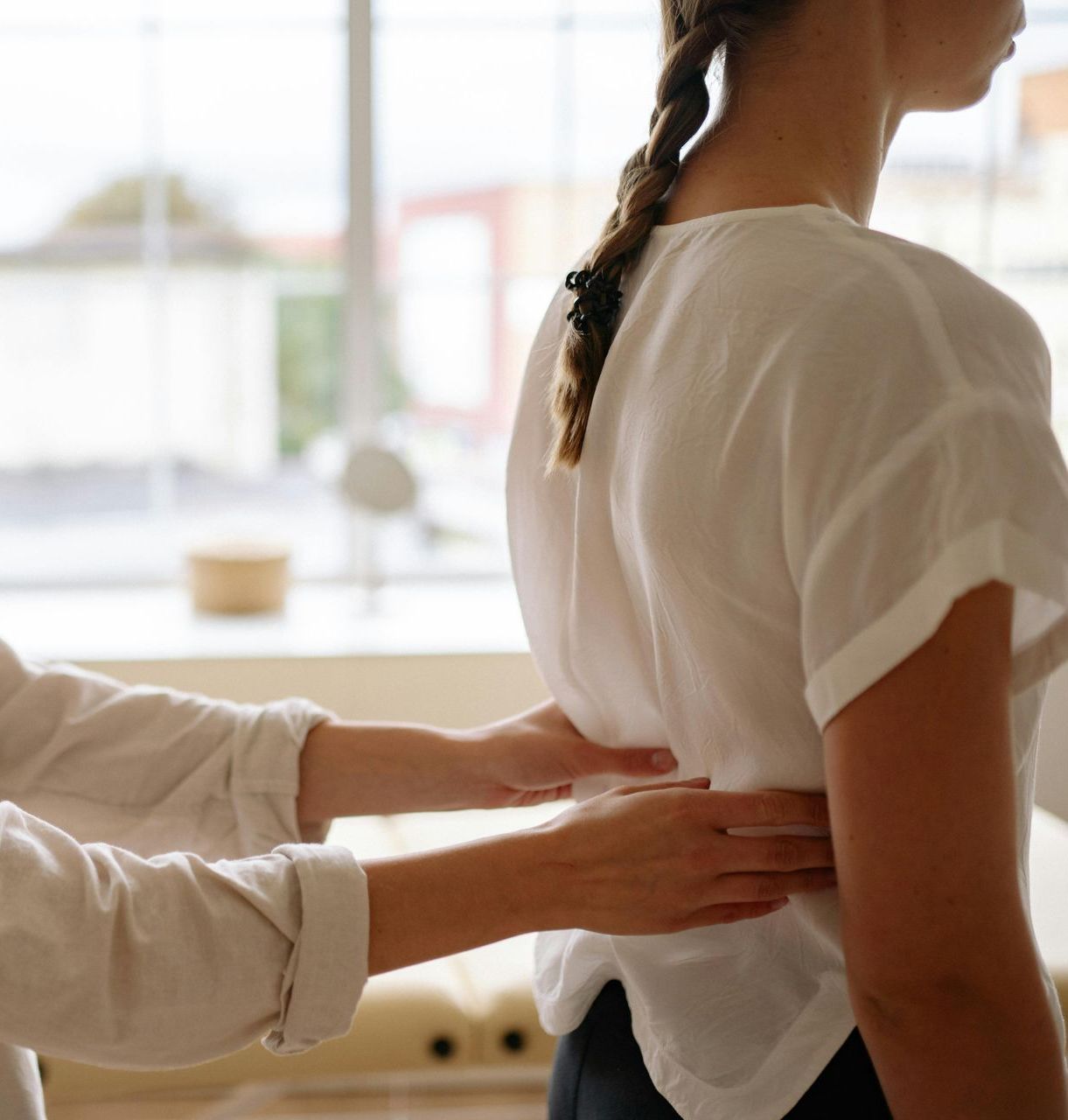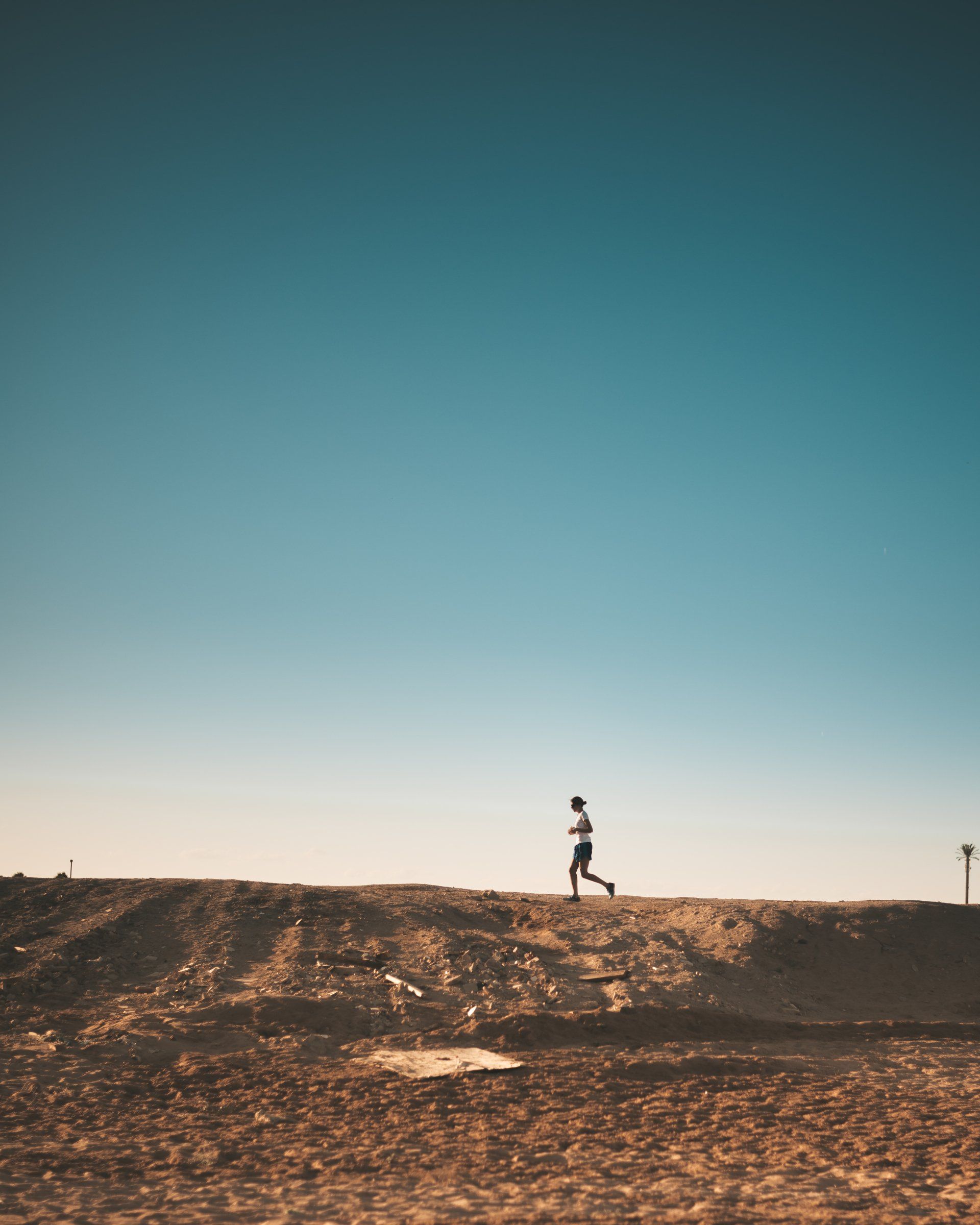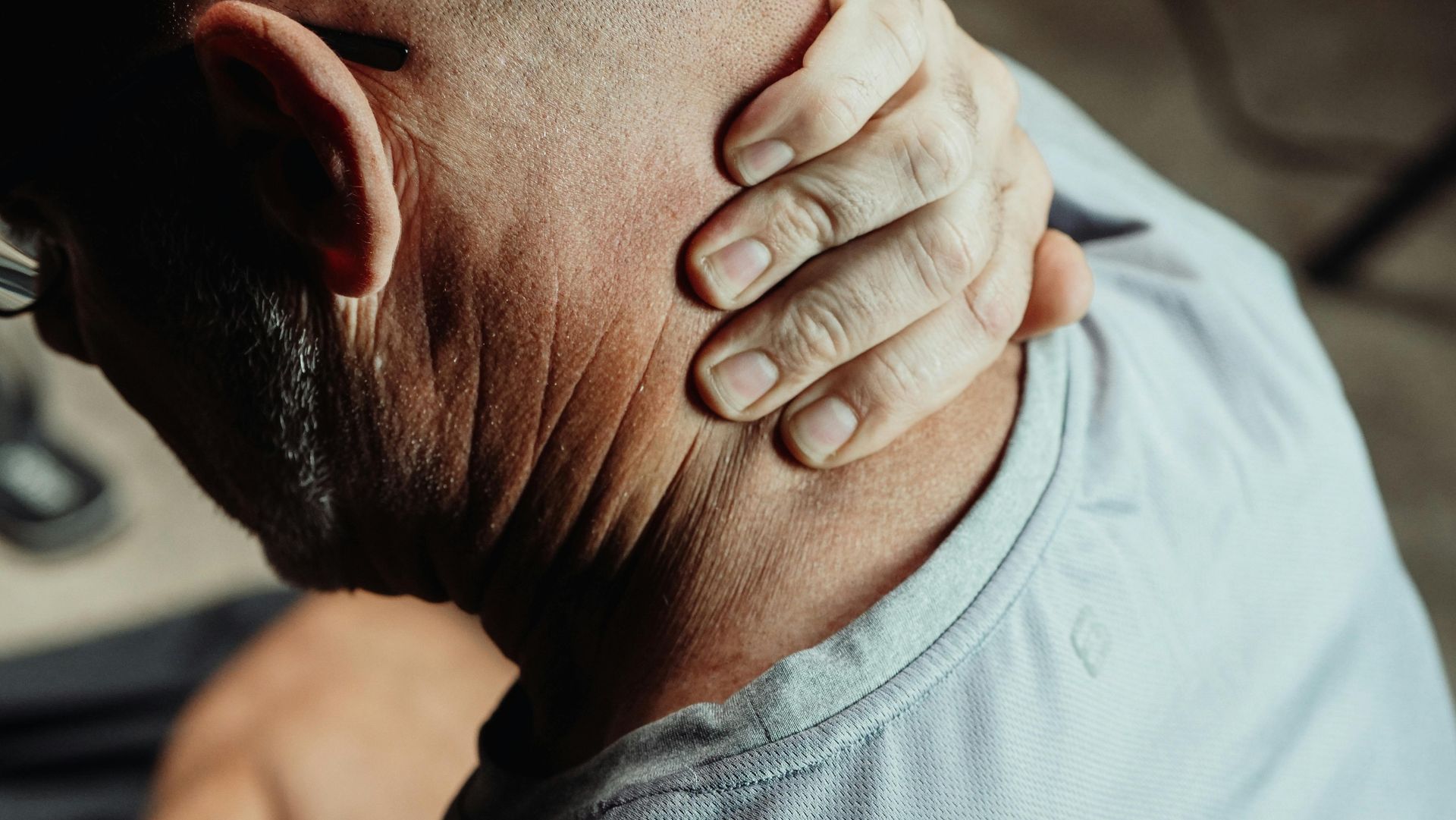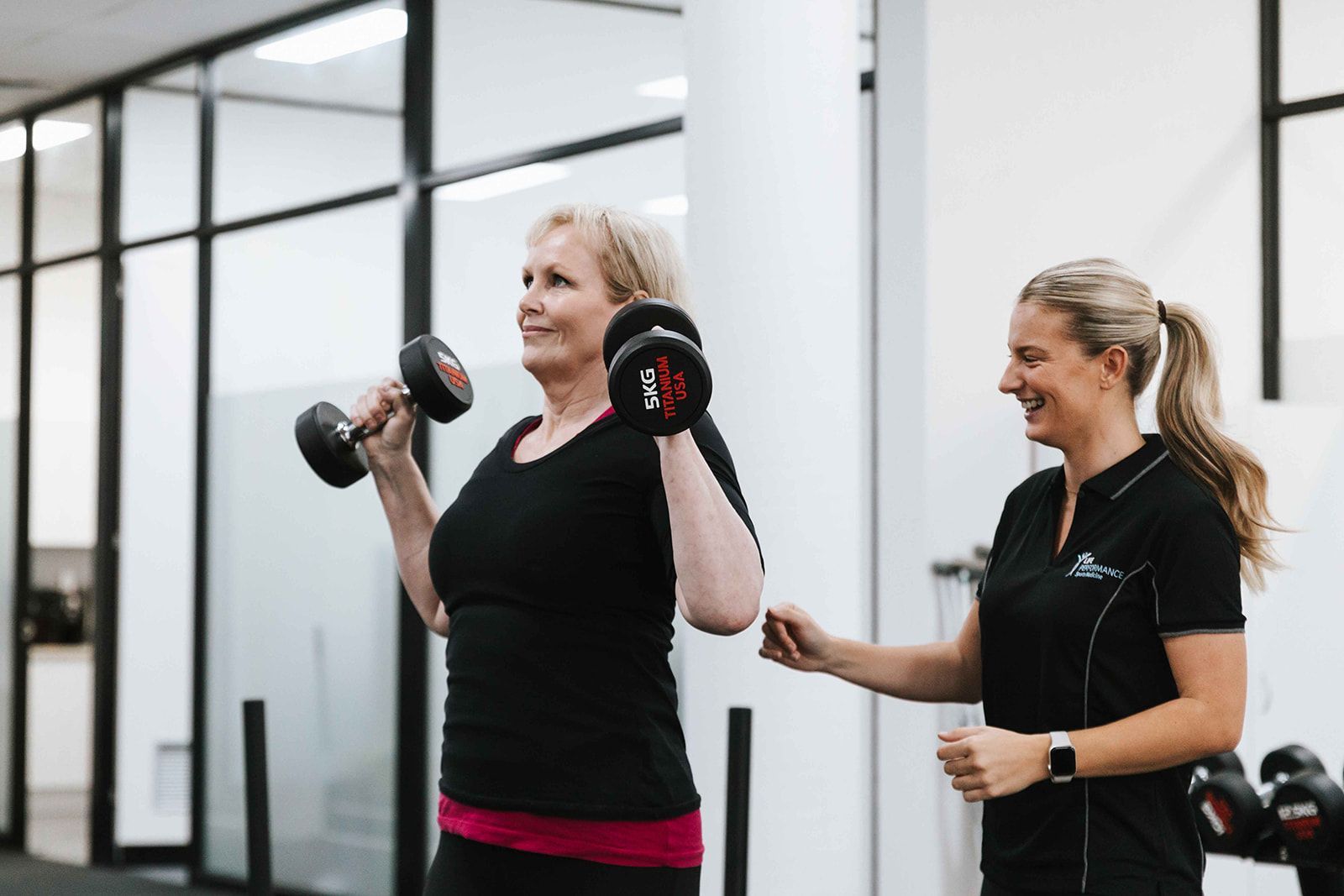How To Stay Injury Free as a Runner
A wise person once said, you ‘don’t get fit by doing one great running session but by completing months of good training.’
Many runners will agree with this philosophy of training. While so many of us tend to get it wrong by either training at the level we want to get to, not respecting the importance of recovery while also failing to pay attention to strength training.
Below is a short rundown on some exercises you can do at home, with minimal equipment to prevent any niggles that may result in time away from training.
1. Lateral step down
When running we spend time only in a single-leg stance or both feet in the air. This exercise aims to really work to ensure we are staying upright through the trunk while challenging our hips, knees and ankles to maintain a strong posture.
Not only is the step-down addressing knee strength within the range of movement specific to jogging, it also loads our hip stabilisers which play a large role in effective running economy. This exercise is a mainstay for gluteal tendinopathy and anterior knee pain.
Dosage – 3 x 15
Progression – add on a light weight such as a dumbbell
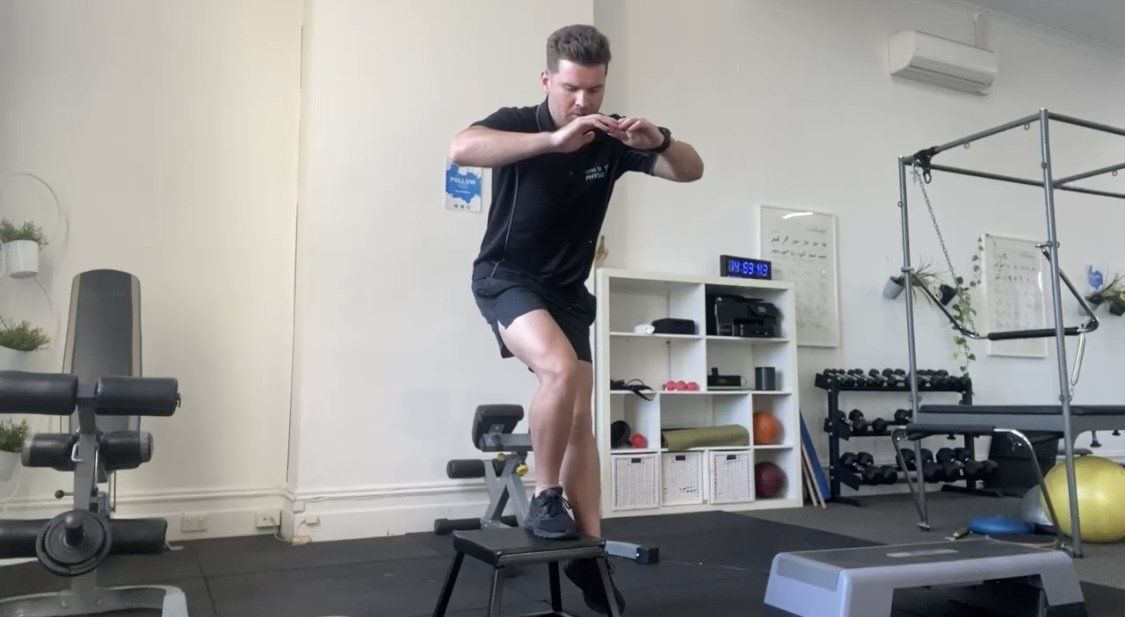
2. Raised hamstring bridge
If you have even ran in the hills or increased your exposure to speed training, you may experience some soreness at the highest part of the hamstring.
The classic ‘proximal hamstring tendinopathy’ is experienced by a majority of long-distance runners at some point of their running career.
This exercise is brilliant to not only strengthen the hamstrings and glutes, but is also very effective in reducing pain immediately prior to a run when completed as an isometric hold (2 x 30-45 seconds).
Dosage – 3 x 8-12 – add a pause at the top for 1 second
Progression – Single leg

3. Split squats with a bent knee calf raise
This is a personal favourite of mine, not only because you can complete two exercises at once, but load the soleus (the workhorse of the calf) – recent research tells us that the gastrocnemius is minimally involved during slow jogging!
Incorporating the split stance position challenges the person across all different planes while involving ankle, knee and hip correction strategies.
Dosage – 3 x 8 single leg calf raises / 8 split squats
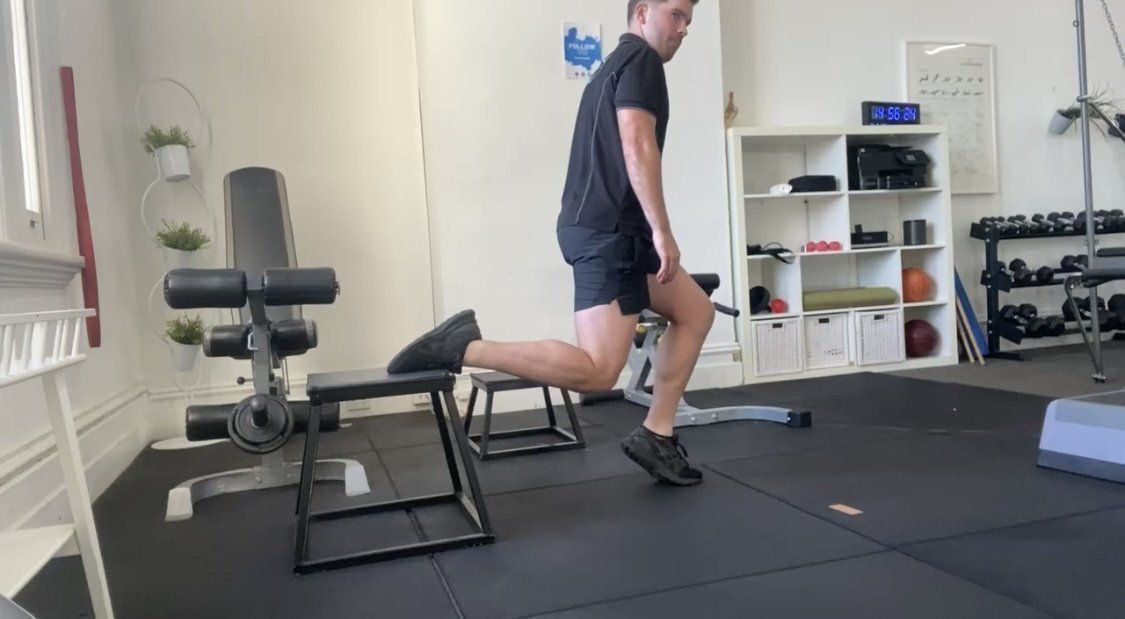
4. Heavy single leg calf raise
Contrary to the bent knee calf raise in the split squat position, we are aiming to really load the gastrocnemius muscle of the calf, which becomes more heavily involved with increased running speed or completing hill reps.
Also, this aims to load up the achilles tendon in a way that promotes resilience for those long runs. Working through a slow and controlled range is most effective to best challenge the calf and achilles.
Dosage – 4 x 5 with a heavy weight
Progression – try completing this off a step!
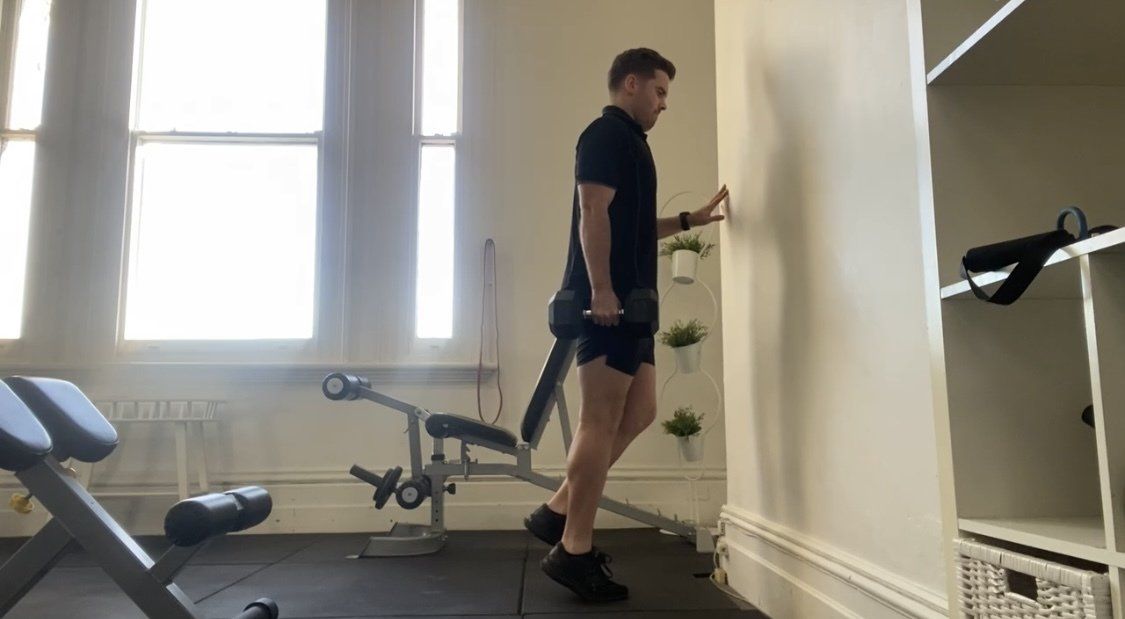
To learn more check out our youtube video below - giving you all the tips to stay injury-free through your running journey.
As always if you have any more questions or need some advice book in with one of our friendly and qualified physios!
